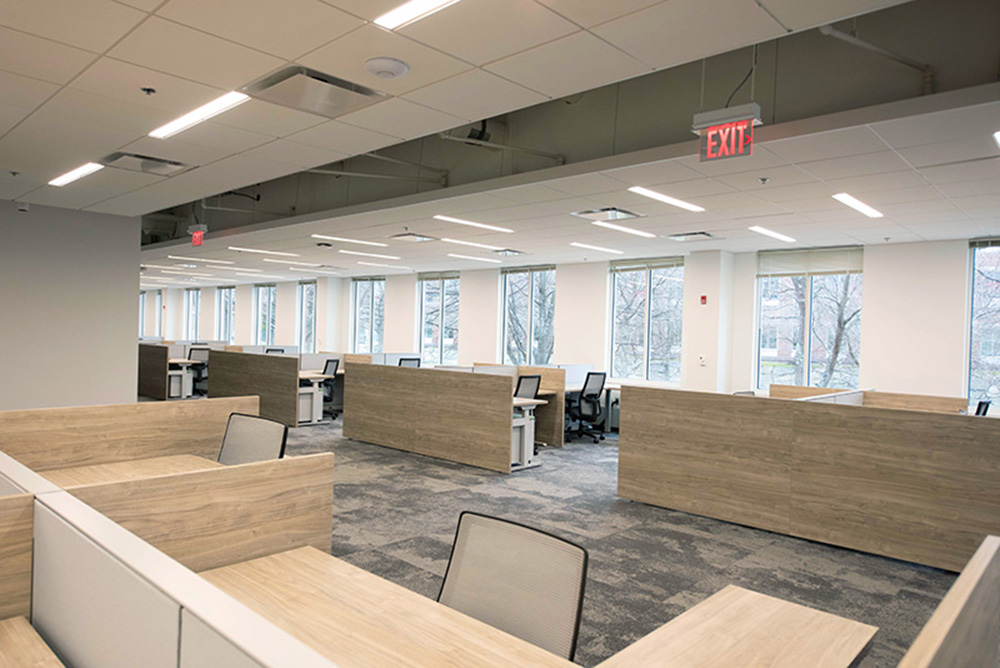Fed rate is zero, but mortgages aren’t: Why not? - by Daniel Calano

Prospectus, LLC
Back in late March, the Federal Reserve Board cut their lending rate (Fed Funds Rate) by two points, basically to zero. It was an unprecedented move, caused primarily by the economic crisis, resulting from COVID. I thought, a great time to refinance. Everybody said mortgage rates will go lower because of it. I kept watching, but nothing changed, until they actually went a quarter point higher.
So what happened? Why are my friends at CNBC talking about a housing boom based upon zero rates? What were they thinking, that banks would lend at an incredibly low percent? Still hoping to save some money, I delved in to the question.
As a reminder, the Fed interest rate is the overnight lending rate between the Fed itself and banks. Banks will borrow money and loan money, mostly on a short-term basis, following the Fed rate at which they can borrow. While that rate is now near zero, clearly mortgages are not. The first reason is that the Fed rate is short term, and thus mostly affects short term lending rates, as in variable rates. Long term rates are more accurately tied to longer term finance, such as the 10 year Treasury note. Second, banks add a spread to the rate at which they borrow, based on cost of operation and their desired profit in making a loan. Banks work independently to determine this, based upon bank size, bank appetite, bank risk tolerance, bank client base, surety of repayment and so on.
So, the average 30 year fixed mortgage rate increased to 3.88% around a month ago, despite a lower Fed rate. You see, there had previously been a flood of refinancing, causing an inability for banks to keep up, and banks felt justified in increasing their rates, despite the fact that the Fed had decreased its rate. Simple demand and supply are key factors, often trumping all other factors. As an example, in 2015-2016, the Fed increased their rate, but banks decreased theirs, because they wanted to stimulate demand.
Most recently, mortgage rates have decreased again slightly, as demand weakened for new purchases. Banks had recently tightened lending requirements, in some cases halting “cash out refinancing”, because of increasing perceived risk during the COVID crisis. Thus, loan demand had decreased, and rates consequently came back down.
Confused enough? I asked my friendly banker whether she thought mortgage rates would come down further. She basically said, no one really knows. As discussed above, rates could go down with spreads going up. Refinancing could increase, but new purchases could decrease. Bank mortgage rates could fluctuate with high demand, often pushing rates up, followed by less demand, often pushing rates down. All that said, while not tracking perfectly, mortgage rates are still loosely tied to the Fed funds rate. If that increases significantly, so would mortgage rates. But within a certain range, bank mortgage rates go up or down, even when the Fed rate stays put.
So will a zero rate by the Fed create a housing boom? It seems pretty clear that that is not a given. In fact, oddly enough some of the greatest housing booms occurred with mortgage rates 8% and greater. So much goes into the equation that is truly unpredictable. What seems to be predictable, however, is that the Fed will stay near zero until COVID is conquered, and the economy comes back. At that point, there may be some inflation, which will cause the Fed to raise rates. That said, a strong economy and a modest inflation should stimulate house purchases, regardless of rate. Don’t count on a boom.
Daniel Calano, CRE, is the managing partner and principal of Prospectus, LLC, Cambridge, Mass.
Boyle of Chozick Realty negotiates $7.95m sale of 66-unit property







